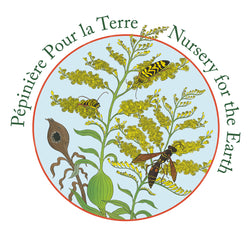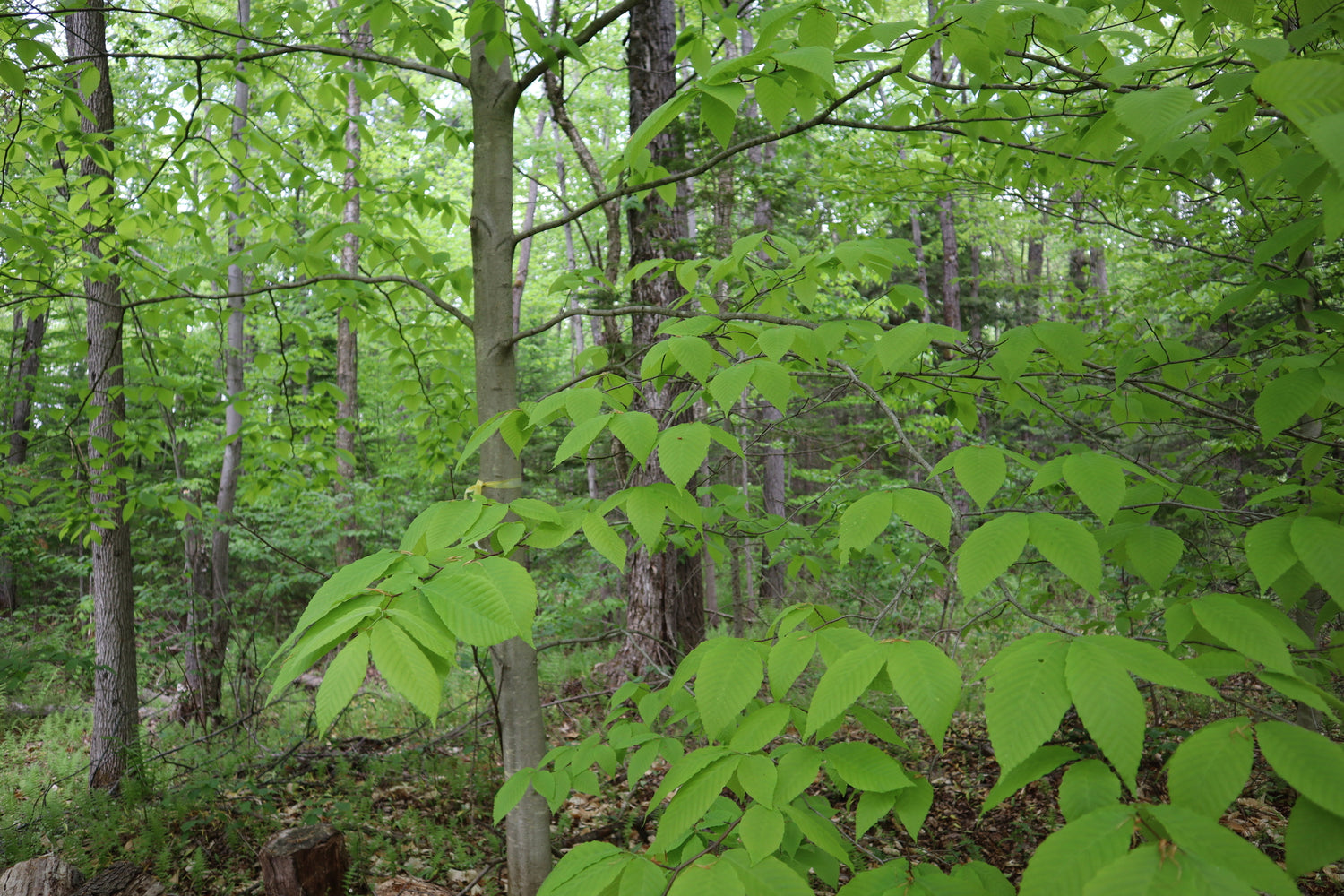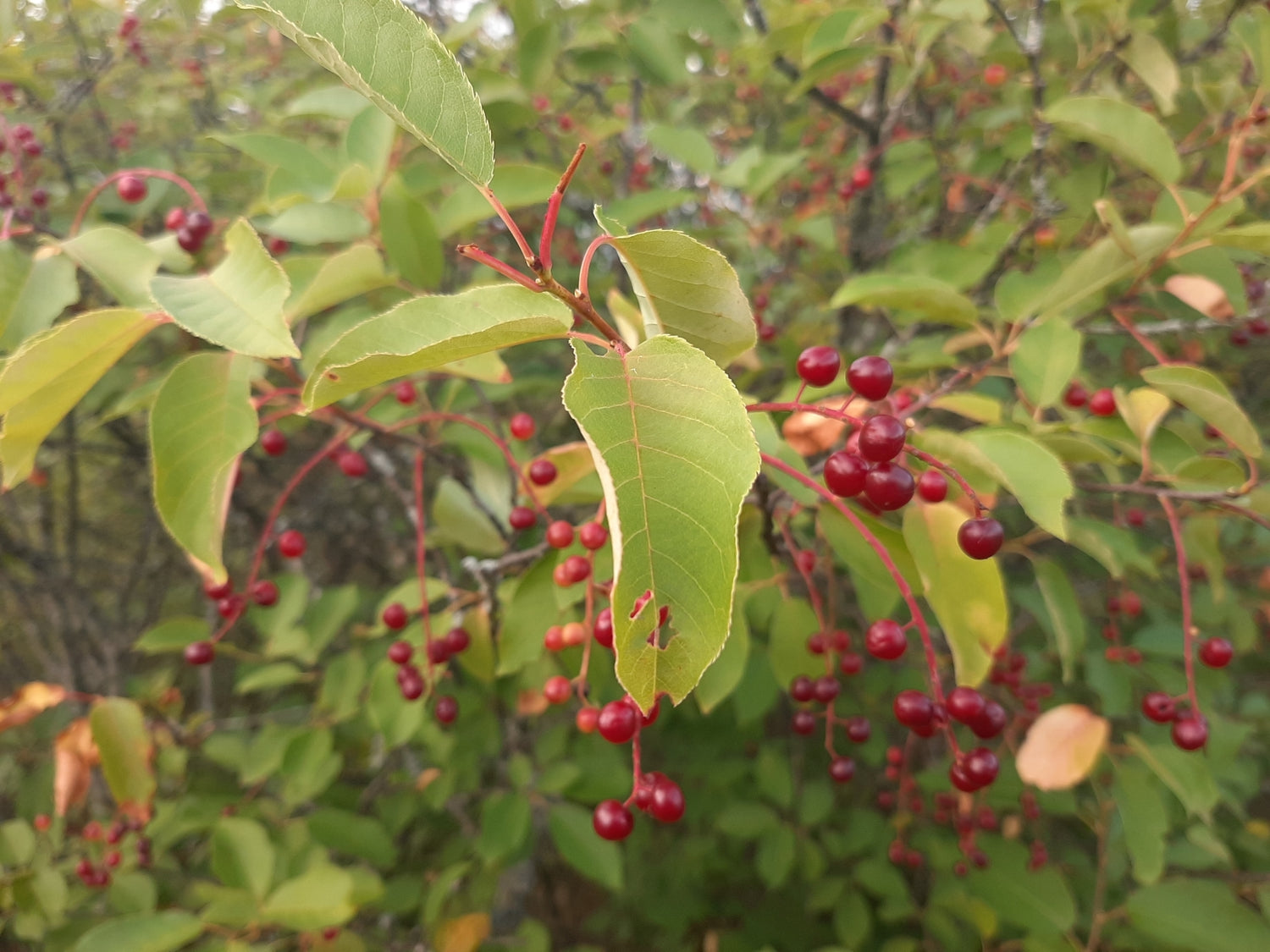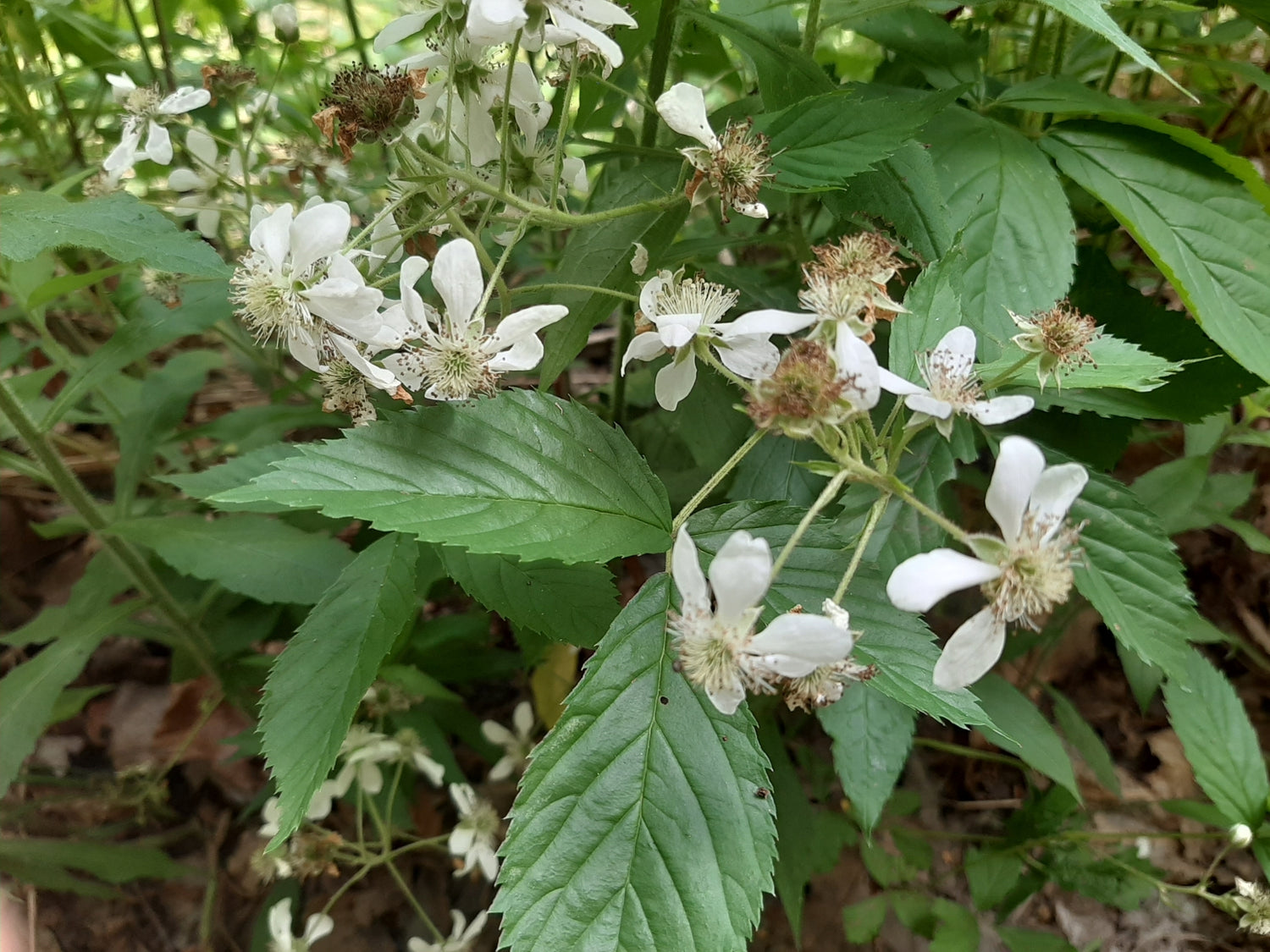Nursery for the Earth
Populus tremuloides (Fr: peuplier faux-tremble | En: trembling aspen)
Couldn't load pickup availability
Trembling Aspen
Populus tremuloides
Alternative names: Quaking Aspen, Quiver-leaf, Aspen poplar
French: Peuplier faux-tremble
The soft rustling sound of trembling aspen leaves dancing in the wind is one of nature’s most calming melodies. Their shimmering, fluttering foliage is a joy to witness and a signal of dynamic, living landscapes.
Trembling Aspen is a fast-growing pioneer species common in early successional forests. It is an excellent nurse tree for restoration and afforestation projects, as its high canopy allows ample sunlight to reach the understory. This supports a rich ground layer of grasses, wildflowers, and shrubs beneath its branches.
One of its most remarkable features is its ability to reproduce vegetatively by cloning through its roots. This allows it to form expansive colonies that are genetically identical. The most famous example is “Pando,” a single male clone in Utah that spans over 100 acres, making it one of the largest and oldest living organisms on Earth.
Though often overlooked, trembling aspen produces soft, silvery catkins in early spring—reminiscent of pussy willows—which are both charming and ecologically valuable. As a member of the willow family (Salicaceae), it provides early-season resources for pollinators and supports numerous Lepidoptera species.
Height: 20–30 m
Bloom time: Early spring (catkins)
Light: Full sun
Moisture: Dry to moist
Soil: Various types
Habitat: Early successional forests, old fields, open woodlands
Ecological benefits: Supports ground flora diversity, host plant for insects, fast colonizer, early pollinator resource
Edible: Not typically consumed
Share









